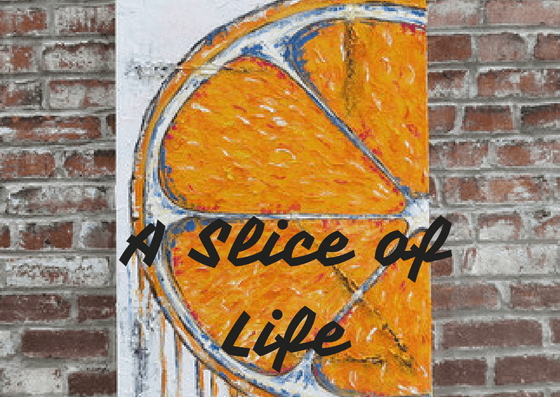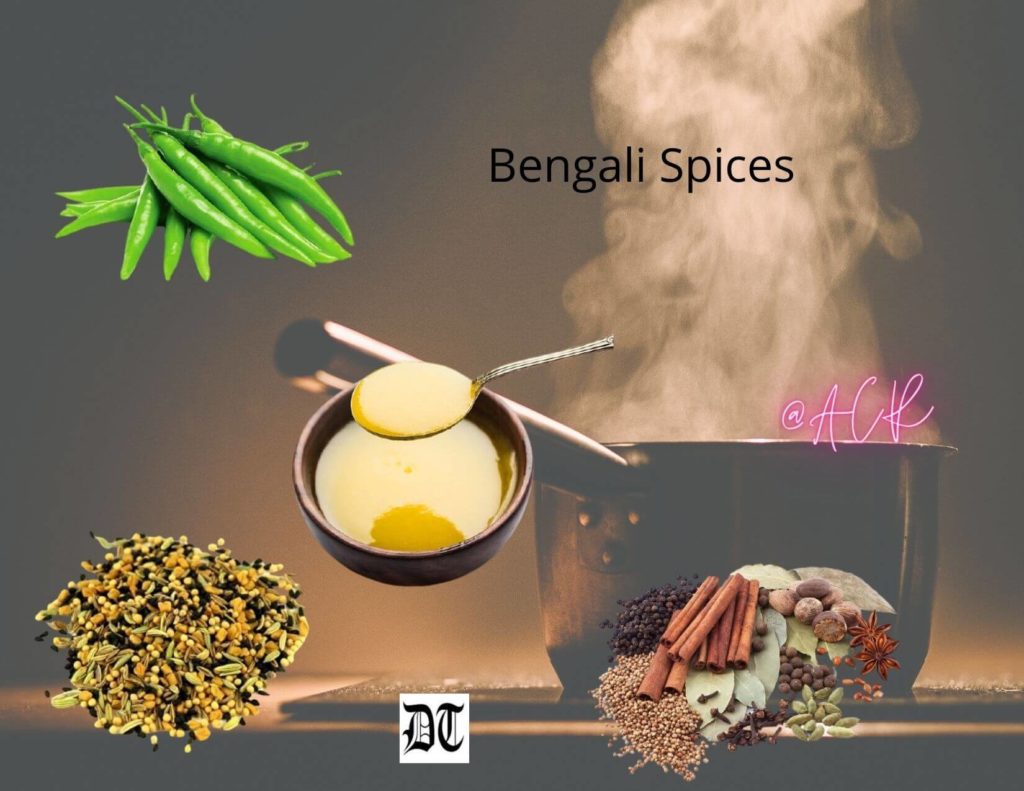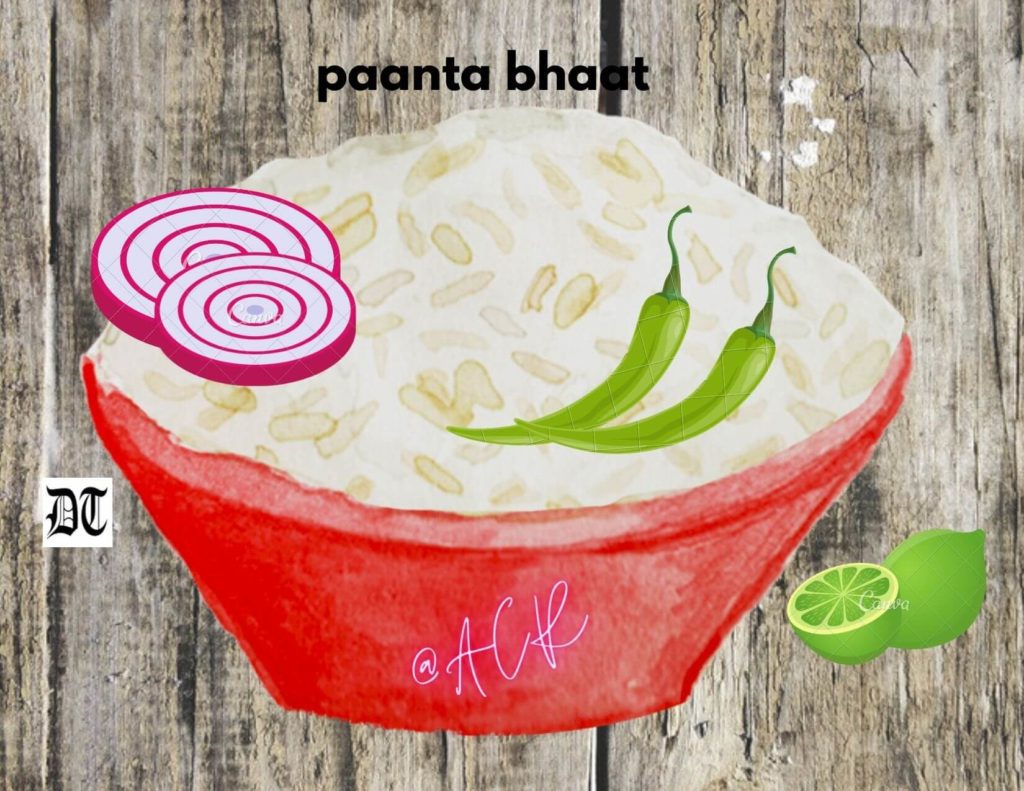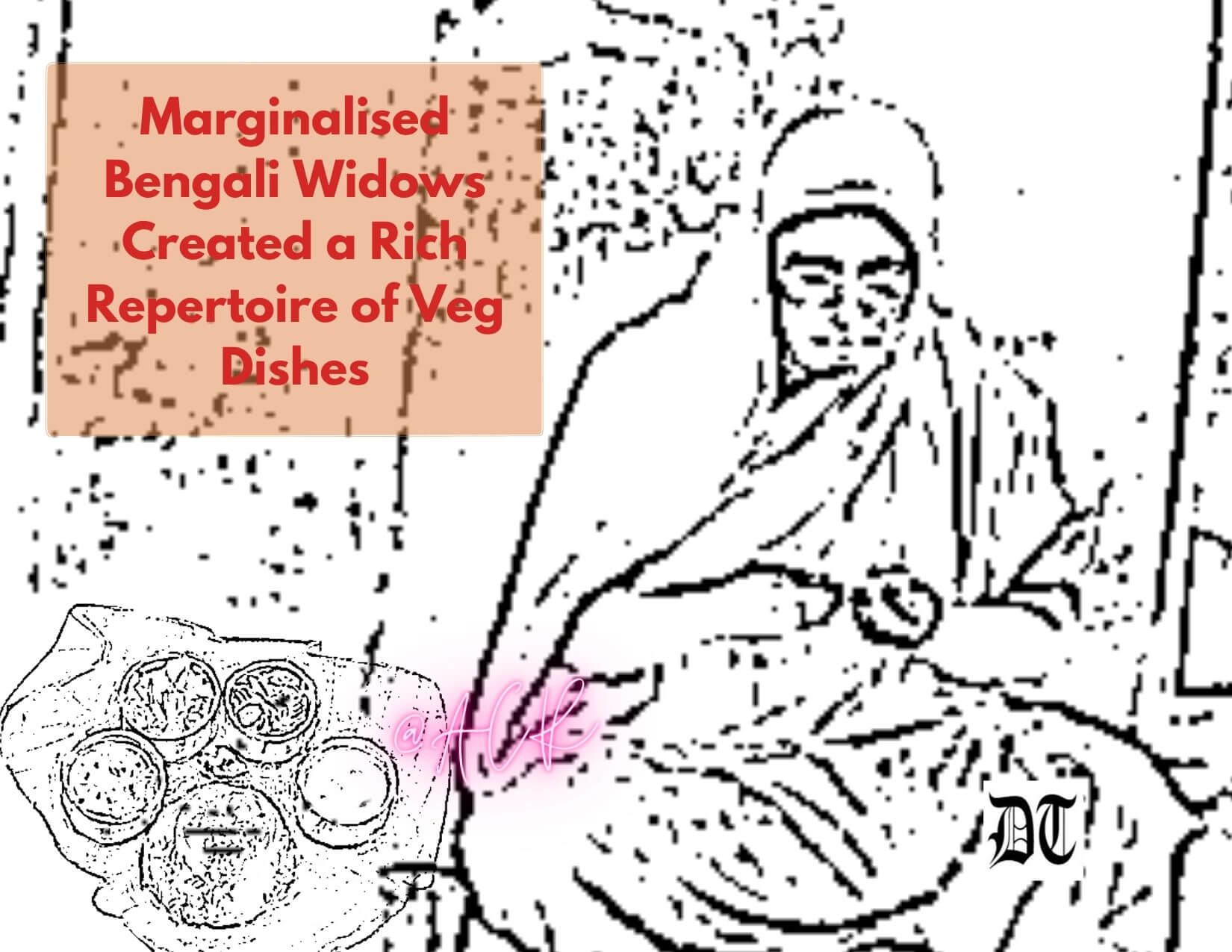Reading Time: 4 minutes
While the marginalisation and exploitation of Bengali widows is a sad tale, their ability to navigate and negotiate against the odds, created a rich repertoire of vegetarian dishes in Bengal, says Ruchira. An exclusive for Different Truths.

Mention Bengali cuisine and images conjuring up before your eyes are those of dishes involving fish, flesh, fowl, and eggs cooked with a staggering list of spices and condiments. However, few are aware that Bengali gastronomy contains a rich repertoire of vegetarian, familiarly known as niramish, dishes. They might be astonished to learn that niramish dishes were originally meant to cater to the widows in Bengali households! And thereby hangs a tale.
In the bygone centuries, Hindu widows of Bengal were a hapless lot. Denied all joys and pleasures of life, austerities, self-mortification, and Spartan habits became the keynote of their existence. Lack of education and economic stability forced them to lean on their family members or close relatives. In return, they were (unofficially) expected to serve as chef, handmaid, housekeeper, or nanny in such households, and survive on low-protein strictly vegetarian fare.
Even that came with a rider. Musoor dal /red lentils, chichinga/snake gourd, puui shaak /Malabar Spinach and sheddho chal /parboiled rice were prohibited. The moral custodians of the society opined that such calorie-rich foodstuff would trigger off libido in women thereby leading them astray.
To pep up their lacklustre lives, this marginalised section of society often experimented, and eventually evolved tasteful dishes. Equipped with meagre funds they fully utilised everything available to the hilt. This led to minimal wastage and indirect savings.
To pep up their lacklustre lives, this marginalised section of society often experimented, and eventually evolved tasteful dishes. Equipped with meagre funds they fully utilised everything available to the hilt. This led to minimal wastage and indirect savings. Coming to the brass tacks, vegetables like aubergine, potol/ spindle gourd, spinach, karela/ bitter gourd, radish, cabbage, cauliflowers, kohlrabi, chilies, grew abundantly in backyards; creepers growing along with home and boundary walls yielded laau/ bottle gourd, chalkumro /ash gourd and kumro/ pumpkin, and beans. Several types of edible tubers – yam, taro, and alocasia – grew wild under moist earth. Banana trees’ phloem/ Thowd, rich in iron, was palatable, while the flowers were eaten as mochar ghonto. Being rich in iron, green bananas were not spared either. Green papaya and raw jackfruit, enchhod, served as vegetables.
Several edible plants – Kolmi (Chinese watercress) growing near ponds, Dheki shaak (fiddlehead fern), Notay shaak (Green Amaranth) found on grassy patches of land – were relished. Since these women were aware of the medicinal properties of drumsticks (Moringa) and Neem trees, their parts got conveniently incorporated into cooking.
The widows had access to ubiquitous potato, ghee, garam masala (whole and powder) mustard oil, red (whole, dry), and green chillies, turmeric, fenugreek, nigella, black pepper, whole and powdered versions of cumin, coriander, mustard. So, they churned out tasty dishes combining these ingredients.
The widows had access to ubiquitous potato, ghee, garam masala (whole and powder) mustard oil, red (whole, dry), and green chillies, turmeric, fenugreek, nigella, black pepper, whole and powdered versions of cumin, coriander, mustard. So, they churned out tasty dishes combining these ingredients.

The dalna/curries of cabbage, cauliflower, papaya, kaanchkola (green bananas) were cooked with potatoes and garnished with the ghee-garam masala. Stir-fried vegetables – chenchhki and ghonto, employing nigella or mustard seeds, besides dry and fresh chillies. Aubergine lightly sautéed with fresh neem leaves became neem begun, an antioxidant, antiseptic and blood purifier. The chorchori included daanta (stems of lau/ kumro, cauliflower/drumsticks) spiced with green chillies and mustard paste. Pumpkin and moringa flowers dipped in gram flour or powdered rice batter yielded boda (fritters).
Clearly, onion and garlic are conspicuously absent from the widows’ menu. The fault lies with their odious odour due to which they are clubbed with items of animal origin. Thanks to the widows of yore, Bengalis have an impressive platter of Bhaajas (fries).
Clearly onion and garlic are conspicuously absent from the widows’ menu. The fault lies with their odious odour due to which they are clubbed with items of animal origin. Thanks to the widows of yore, Bengalis have an impressive platter of Bhaajas (fries). Pick and choose from potato, aubergine, potol, pumpkin, potato and spinach, radish greens, potato-onion, karela among many. Eaten with plain soupy dal and steamed rice, they are delightful.
Bypassing the tabooed musoor dal, the womenfolk tapped other varieties of lentils as a source of proteins. Cholar (chana) daal cooked with coconut bits, spices, sugar, and blobs of ghee proved mind-blowing. Yellow Moong daal, tempered with ghee, ginger juliennes, green chillies, etc was equally good. Ghoogni, a tangy spicy side dish, comprised entirely of legumes (dried white peas) and hence became a potent source of proteins. Laabra, a potpourri of discarded pieces, peels, leaves, tips, and crowns of diverse vegetables tempered with dry red chillies and paanch phoran (blend of five spices) was both colourful and aromatic.
Zero-waste, nutrition at low cost, were its benefits. One must mention shukto, a mild appetizer, containing loads of veggies, spiced with ginger and mustard paste, green chillies, with daubs of milk and ghee.

A complete meal was paanta bhaat. Leftover cooked rice soaked in water was made to stand overnight. In the process it got enriched with micronutrients.
A complete meal was paanta bhaat. Leftover cooked rice soaked in water was made to stand overnight. In the process, it got enriched with micronutrients. After draining out the water completely the moist rice was consumed with green chillies, raw onion, dashes of lemon, and occasional fritters.
Summing up, the widows, though largely deprived, know tips and tricks to make their food at once nutritious and tasty.
Visuals from Different Truths














